Table of Contents
Can Guinea Pigs Eat Microgreens
I absolutely adore those charming and lovable guinea pigs! These little critters are famous for their insatiable hunger when it comes to munching on a range of fresh veggies. Their daily menu usually includes hay, yummy fruits, crisp vegetables, and essential pellets.
But here's the intriguing question: what about microgreens? Can these trendy and healthy greens be part of a guinea pig's diet? Well, let's dive deep into the world of microgreens together.
We'll explore their nutritional goodness, consider how well they fit into a guinea pig's menu, chat about introducing them to our furry friends, and much more. Get ready for a delightful journey into the world of guinea pig nutrition!
What Are Microgreens?
Microgreens, often referred to as “vegetable confetti,” are the tiny, edible plants harvested at a very early stage of growth, typically when they have produced their first true leaves.
These miniature greens are celebrated for their vibrant colors, delicate flavors, and remarkable diversity of species. You can find microgreens of broccoli, radish, sunflower, and countless others gracing the plates of gourmet dishes worldwide. Before we discuss whether guinea pigs can partake in this miniature feast, let's first dive into the fascinating world of microgreens.
Microgreens are essentially the adolescent versions of mature vegetables and herbs, and their small size packs a powerful nutritional punch. Despite their diminutive stature, they boast a rich nutritional profile that has made them a sought-after ingredient in culinary circles and a popular addition to salads, sandwiches, and more.
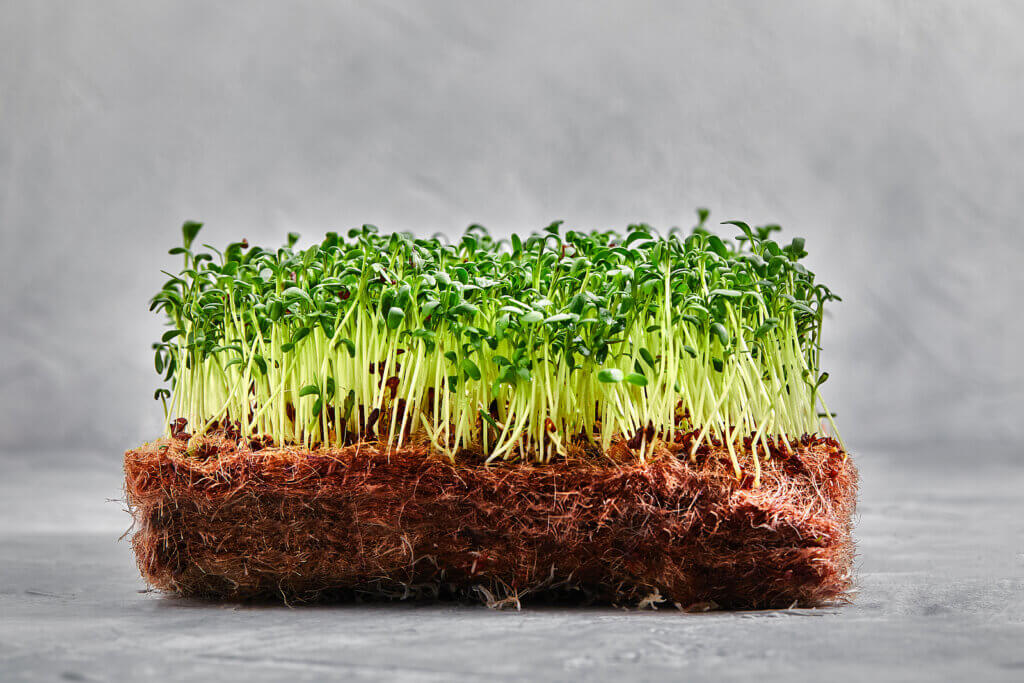
Nutritional Value of Microgreens
Before we delve into whether microgreens are a suitable dietary choice for guinea pigs, it's important to examine their extensive nutritional profile.
Microgreens have gained popularity in human diets due to their remarkable concentration of essential nutrients, which makes them a compelling option for a variety of consumers.
Here, we provide a more detailed look at the key nutrients commonly found in microgreens and their potential benefits for guinea pigs:
- Vitamins: Microgreens are a powerhouse of vitamins, including vitamin A, vitamin C, vitamin E, and vitamin K. These vitamins are crucial for maintaining guinea pigs' health and well-being. Vitamin A supports their vision, skin, and immune system. Vitamin C is essential for preventing scurvy and boosting their immune function. Vitamin E is an antioxidant that protects cells from damage, and vitamin K plays a vital role in blood clotting.
- Minerals: Microgreens are rich in essential minerals, such as potassium, calcium, magnesium, and iron. These minerals are vital for guinea pigs' bone health, muscle function, and overall physiological processes. Calcium, in particular, is necessary for preventing bone disorders like osteoporosis.
- Antioxidants: Microgreens are a veritable treasure trove of antioxidants, including various phytonutrients like flavonoids, polyphenols, and carotenoids. Antioxidants are crucial for guinea pigs as they help combat oxidative stress, which can lead to cellular damage and increase the risk of chronic diseases. Regular consumption of antioxidant-rich foods, like microgreens, can contribute to a longer and healthier life for guinea pigs.
Can Guinea Pigs Eat Microgreens?
Guinea pigs are herbivorous animals that thrive on a diet primarily composed of hay, complemented by fresh vegetables, fruits, and pellets.
In this context, microgreens can be considered a viable addition to their diet. However, it's essential to understand the nuances and precautions associated with feeding microgreens to your guinea pigs to ensure their safety and overall health.
Microgreens, which are young, edible plants harvested at an early stage of growth, can offer a variety of nutrients and flavors that can be beneficial to your guinea pig's diet. They can provide essential vitamins and minerals, such as vitamin C, vitamin K, and folate, which are crucial for their well-being.
Despite the potential benefits, there are important considerations to keep in mind when introducing microgreens to your guinea pig's diet:
- Variety and Moderation: While microgreens can be a nutritious addition, they should not replace the primary components of your guinea pig's diet, such as hay. Microgreens should be considered a supplement and offered in moderation.
- Safe Selection: Not all microgreens are safe for guinea pigs. Some plants can be toxic to them, so it's vital to research and choose microgreens that are safe for their consumption. Safe options may include microgreens from plants like lettuce, kale, and spinach, but always verify the safety of a specific type before feeding it to your guinea pig.
- Organic and Pesticide-Free: To ensure the best possible nutrition and safety, opt for organic microgreens that are free from pesticides or other harmful chemicals.
- Freshness: Microgreens are best when they are fresh and have not wilted or spoiled. Avoid feeding your guinea pigs with microgreens that have started to deteriorate.
- Proper Preparation: Wash and rinse microgreens thoroughly before offering them to your guinea pigs to remove any contaminants or residues.
- Observe Reactions: When introducing any new food to your guinea pig's diet, monitor them closely for any adverse reactions or digestive issues. If you notice any problems, discontinue the new food immediately.
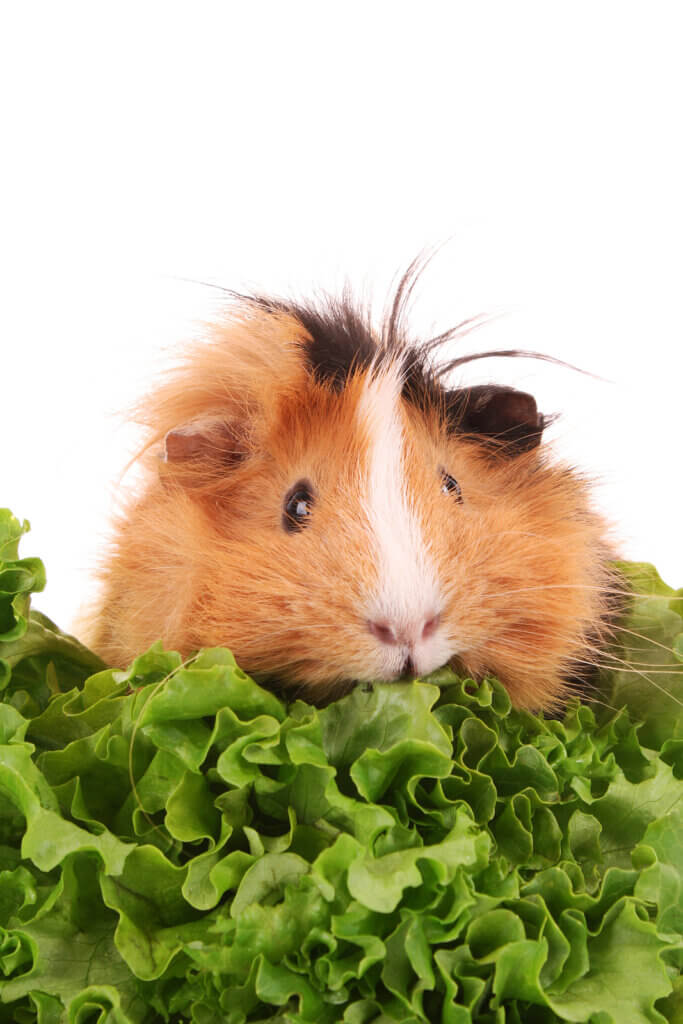
How to Introduce Microgreens to Guinea Pigs
Guinea pigs can benefit from the addition of microgreens to their diet, but it's crucial to ensure a smooth transition to avoid any digestive issues. These sensitive pets require a careful approach when introducing new foods. Here is a comprehensive guide to help you safely introduce microgreens to your guinea pig's diet:
Gradual Introduction
To prevent digestive upset, begin the process gradually. Start by adding a small amount of microgreens to your guinea pig's existing diet. Observe how your pet responds to this new addition and ensure they tolerate it well.
Thorough Washing:
Before serving, it's essential to wash the microgreens thoroughly under running water. This step removes potential contaminants or pesticides that could harm your guinea pig.
Proper Preparation
To minimize the risk of choking, carefully cut the microgreens into small, manageable pieces. Guinea pigs have small mouths, so adjust the size of the greens accordingly.
Variety Matters
Offer a diverse selection of microgreens to your guinea pig. Different varieties provide various nutrients and flavors, making their diet more interesting and nutritious. Consider rotating between options like kale, spinach, arugula, and broccoli microgreens.
Observing Digestion
Keep a close watch on your guinea pig's digestion after introducing microgreens. Monitor for any signs of digestive distress, such as diarrhea or bloating. If you notice any adverse reactions, stop feeding them microgreens immediately.
Consult with a Vet
If you have any concerns about your guinea pig's diet or health, it's advisable to consult with a veterinarian experienced in small animal care. They can provide guidance tailored to your pet's specific needs.
Balanced Diet
Remember that microgreens should be a supplement to your guinea pig's primary diet of hay, fresh vegetables, and high-quality pellets. Ensure that the overall diet remains balanced and meets their nutritional requirements.
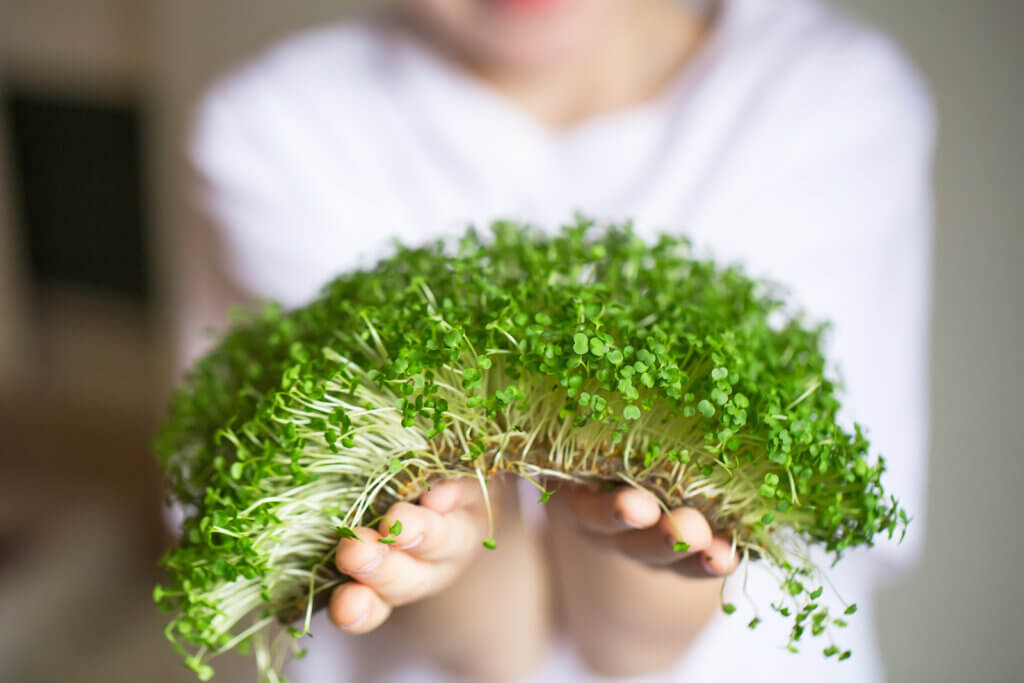
Common Varieties of Microgreens Safe for Guinea Pigs
Selecting the right microgreens for your guinea pigs is crucial to meet their specific dietary needs and ensure their safety. Guinea pigs have particular preferences and nutritional requirements, so it's essential to choose microgreen varieties that are suitable for them.
Here is a list of commonly safe microgreen varieties that are suitable for guinea pigs, along with additional information about their benefits:
Lettuce Microgreens
Guinea pigs generally enjoy varieties like green leaf, red leaf, or butterhead lettuce microgreens. These mild-flavored greens are not only safe but also well-tolerated by most guinea pigs. They provide essential vitamins and minerals to support your pets' health.
Basil Microgreens
Guinea pigs often appreciate the aromatic and slightly peppery flavors of basil microgreens. Basil is rich in antioxidants and can add a unique taste to your pets' diet while providing some nutritional benefits.
Cilantro Microgreens
Cilantro microgreens offer a zesty and refreshing taste, making them a delightful variation in flavor for your guinea pigs. They contain vitamins and minerals that can contribute to your pets' overall well-being.
Arugula Microgreens
The peppery kick of arugula microgreens can be a pleasant surprise for guinea pigs who enjoy a bit of spice in their diet. Arugula is known for its rich nutrient content, including vitamins, minerals, and antioxidants, making it a healthy addition to their meals.
Spinach Microgreens
Spinach microgreens are not only safe but also packed with nutrients, making them a nutritious option when offered in moderation. They are particularly rich in vitamins A, C, and K, as well as minerals like iron and calcium, which can benefit your guinea pigs' health.
Benefits of Feeding Microgreens to Guinea Pigs
Feeding microgreens to your guinea pigs can provide numerous advantages that contribute to their overall health and well-being. Let's delve into these benefits in greater depth:
- Enhanced Nutritional Value: Microgreens are miniature versions of mature vegetables and herbs, often packed with even higher concentrations of essential vitamins and minerals. By including microgreens in your guinea pig's diet, you can offer a nutritionally dense supplement to their regular hay, pellets, and fresh vegetables. This means they get a broader spectrum of nutrients, promoting their growth, immunity, and overall vitality.
- Diverse Diet: Variety is key when it comes to guinea pig nutrition. Incorporating microgreens diversifies their diet and prevents them from getting bored with the same old foods. A wide range of food options not only keeps mealtime exciting for your pets but also encourages them to consume a more balanced diet, ensuring they receive all the nutrients they need for optimal health.
- Hydration Assistance: Microgreens boast a high water content, which can help maintain your guinea pig's hydration levels. Proper hydration is fundamental to their well-being, as it aids in digestion, circulation, and temperature regulation. By offering water-rich microgreens, you're not only providing essential nutrients but also contributing to their overall hydration, particularly in hot or dry climates.
- Digestive Health Promotion: Microgreens are a valuable source of dietary fiber, which plays a crucial role in maintaining healthy digestion in guinea pigs. Fiber is essential for preventing gastrointestinal issues such as constipation, bloat, and diarrhea. By including microgreens in their diet, you're supporting their digestive system and helping them avoid potential health problems.
- Antioxidant Benefits: Many microgreens are rich in antioxidants, which can help protect your guinea pigs' cells from damage caused by free radicals. This protection extends to their overall health and may even contribute to a longer lifespan.
- Weight Management: The fiber content in microgreens can also assist in weight management for guinea pigs. It helps regulate their appetite, preventing overeating and obesity. Maintaining a healthy weight is essential for their well-being and longevity.
- Palatability and Foraging: Guinea pigs are natural foragers, and microgreens provide an opportunity for them to engage in this instinctual behavior. Offering a variety of microgreens encourages them to explore and nibble, promoting mental stimulation and physical activity.
- Potential Dental Benefits: The act of chewing on microgreens can help keep your guinea pigs' teeth in good condition. Dental health is vital for them, as dental problems can lead to pain and difficulty eating.
Potential Risks and Considerations
While microgreens can be a valuable addition to your guinea pig's diet, it is essential to be aware of potential risks and considerations:
- Moderation: As with any food, moderation is key. Avoid overfeeding microgreens, as excessive consumption can lead to digestive problems. Microgreens should be part of a balanced diet, not the primary source of nutrition.
- Variety: While microgreens can provide diversity in your guinea pig's diet, they should not replace the essential components, such as high-quality hay and pellets. Ensure that the majority of their diet consists of these staple foods.
- Allergies and Sensitivities: Some guinea pigs may have allergies or sensitivities to specific microgreens. Therefore, it is crucial to monitor your guinea pig's reaction when introducing a new variety of microgreens. If you notice any adverse effects, discontinue feeding that particular type.
- Source: Always source your microgreens from reputable suppliers who follow safe and organic farming practices. Ensure that the microgreens are free from pesticides, herbicides, or other contaminants that could harm your guinea pigs.
Frequently Asked Questions (FAQs) about Feeding Guinea Pigs Microgreens
Can guinea pigs eat microgreens daily?
While guinea pigs can enjoy microgreens, it's best not to feed them daily. Offer microgreens as an occasional treat or part of a varied diet. Guinea pigs require a primary diet of hay, fresh vegetables, and pellets.
Are all microgreen varieties safe for guinea pigs?
Not all microgreens are equally suitable for guinea pigs. Stick to safe options like lettuce, basil, cilantro, arugula, and spinach microgreens. Avoid varieties that may be too spicy or unfamiliar to your guinea pig.
How much microgreens can I feed my guinea pig?
Start with a small portion, around one or two leaves, and monitor your guinea pig's response. You can gradually increase the amount, but don't exceed more than a couple of leaves per serving.
Can I grow my own microgreens for my guinea pig?
Growing microgreens at home can be an excellent way to ensure their freshness and safety. Just make sure to use organic seeds and soil, and avoid any pesticides or chemicals.
Are there any microgreens that are harmful to guinea pigs?
Some microgreens, like mustard or radish microgreens, can be too spicy for guinea pigs and may cause digestive upset. It's best to stick to milder varieties.
Should I serve microgreens with other vegetables or as a standalone treat?
Microgreens can be served on their own as a special treat or alongside other fresh vegetables. Combining them with other veggies ensures a balanced diet for your guinea pig.
Can I feed my guinea pig microgreens from the grocery store?
It's possible to use store-bought microgreens, but make sure they are free from pesticides and contaminants. Washing them thoroughly is essential before serving.
Do baby guinea pigs (pups) and adult guinea pigs have the same microgreen requirements?
Baby guinea pigs have more delicate digestive systems, so it's best to introduce microgreens when they are older (around six months old). Start with small amounts and observe their reaction.
Are there any signs of allergies or sensitivities to watch for when feeding guinea pigs microgreens?
Keep an eye on your guinea pig for any signs of allergies or sensitivities, such as diarrhea, bloating, or changes in behavior. If you notice any adverse reactions, discontinue feeding them that specific type of microgreen.
Can guinea pigs eat the roots of microgreens?
While the roots of microgreens are generally safe, it's the leaves that provide the most nutritional value. If you choose to include the roots, ensure they are clean and free from soil or contaminants.
Conclusion
In conclusion, guinea pigs can safely consume microgreens, provided you follow the guidelines and precautions outlined in this comprehensive guide.
Microgreens offer a nutritious and flavorful addition to their diet, enhancing their overall well-being. Remember that while microgreens can be a healthy treat, they should complement, not replace, the primary components of your guinea pig's diet, which include high-quality hay and pellets.
By offering microgreens in moderation, monitoring your guinea pig's digestion, and ensuring a diverse and balanced diet, you can contribute to the happiness and health of your furry companions. As responsible pet owners, it is our duty to prioritize their well-being in every aspect of their care.
Sources
https://www.ncbi.nlm.nih.gov/pmc/articles/PMC9338947/
https://microgreenshub.info/can-guinea-pigs-eat-microgreens/

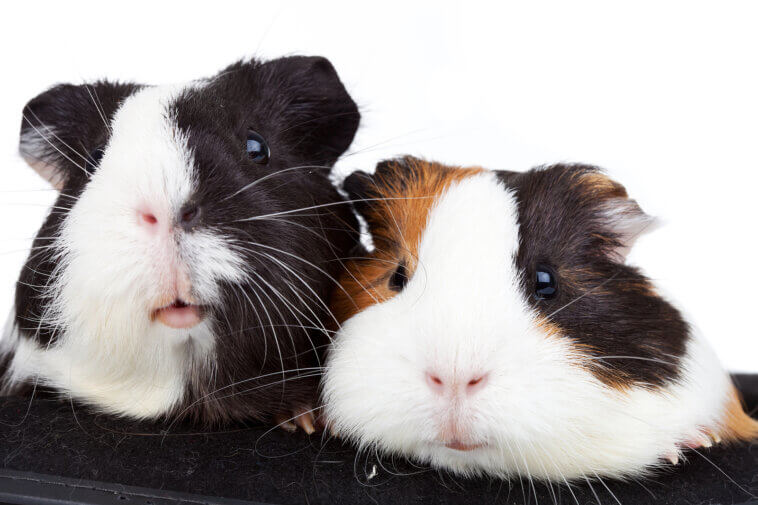

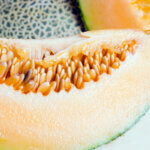
Comments
Loading…